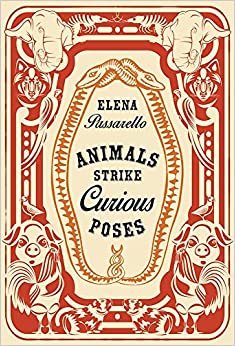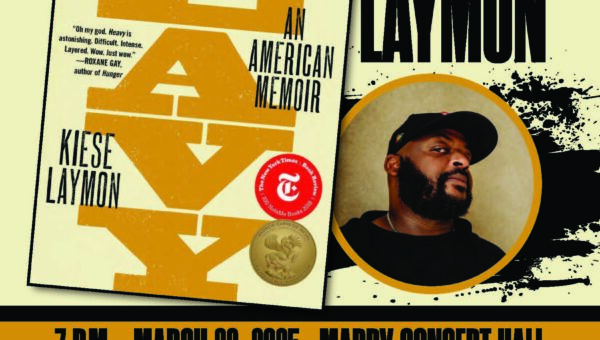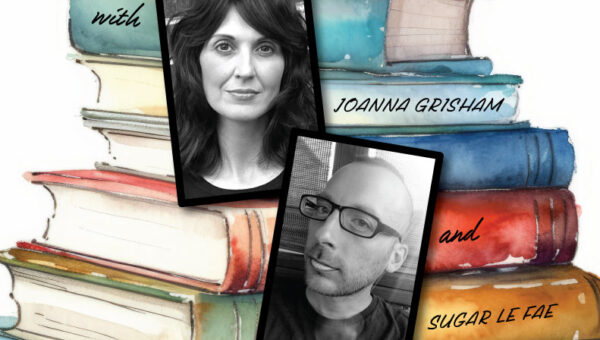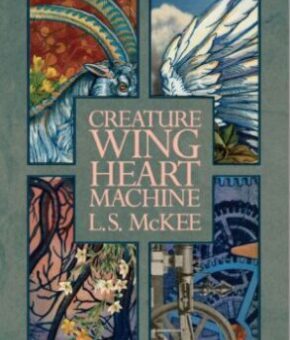In one of the essays in her new collection, Animals Strike Curious Poses, Elena Passarello describes her personal view of animals as a bit warped: “the animal of my mind is a gaudy but satisfying creature that has little to do with fact from the get-go” (184). She’s been introducing readers to Lancelot, a surgically-altered one-horned goat marketed by the Ringling Brothers and Barnum and Bailey Circus as a unicorn, and making no attempt at all to hide that, as a child, she adored the strange little critter. The passage is more than a little self-deprecating—further down the page, she calls her mental image of animals “bright and dandy and painfully incorrect” and pins the blame for her misconceptions on Lancelot’s weirdness. After reading Animals Strike Curious Poses, however, one can’t help but wonder if that askew view of the natural world is worth supporting. Like Lancelot, there’s something fantastical about the creatures that Passarello turns to, something in all of them that makes it impossible to see them as simple beasts. Animals Strike Curious Poses is not exactly nature writing, but a bestiary for the modern era, a book that is as fantastic and reverent as it is thought-provoking and informative.
The sixteen essays in Passarello’s collection focus on animals named by humans and remembered for their historical, scientific, or cultural significance. The collection’s timeline is long, starting 39,000 years ago with a mammoth calf named Yuka and ending in 2000 with the death of Celia, the last living Iberian wild goat. “Of all the images that make our world, animal images are particularly buried inside,” Passarello says: “We feel the pull of them before we know how to name them, or how to even fully see them. It is as if they are always waiting, crude sketches of themselves in the recesses of our bodies” (15). Passarello’s work operates on that pull, and in her hands the animals of the past are far more than sketches, rendered as majestic and larger-than-life as they must have seemed to those who knew them.
From serious meditations on the first European drawings of a rhinoceros by Albrecht Dürer to a dirty joke told entirely with words from the sign language vocabulary of Koko the gorilla, Passarello sweeps readers along on a zoological tour unlike any other. She masterfully balances the somber with the provocative with the riotously funny, and the essays of the collection are as diverse as the animals in her menagerie. In writing about a monstrous wolf that plagued the medieval village of Gubbio, for example, Passarello adopts the voice of a minister armed only with a Bible and bestiary of his own:
Mostly, the books of beasts used the Wolf to illustrate the most lupine of human sins. You must hate the sins of the Wolf, the bestiaries said—the sins of rogues, apostates, and highwaymen—as they are sins too cunning to simply be feared. Hear these words on the Wolf, sinners, and then think upon the Wolf that might, at any moment, ravage the lamb inside you. (24)
Compare that to the faint bemusement of Harriet, a Galapagos tortoise that once belonged to Charles Darwin, on meeting Steve Irwin on her one hundred and seventy-fifth birthday:
A fully grown man in short pants, named Irwin, hops to either side of you, his hair stuck to his ruddy forehead in wet, blond drips. “CRIKEY!” he yells, then “CRIKEY!” again […] He will lead the crowd in a dirgelike “Happy birthday, dear Harry-ette,” then skip a few hundred yards over to the “Croco-seum” for an impromptu reptile freak-out. Watch him bound onto the stage, a baby croc in each hand, shaking them like maracas in the dusty breeze. (93)
Whether celebrating the webs woven by the first spider taken into outer space or offering readers tongue-in-cheek warnings about trying to teach a starling to whistle Mozart, Passarello finds the right tone for every essay, propelling readers from one magnificent animal to the next.
While each essay stands firmly on its own, taken together the collection is a beautiful and complex exploration of what it is about animals that humans find so fascinating, even those animals to which we have been monstrously cruel. One essay is set in a bear-baiting ring; another documents the lives of circus elephants in the United States while Thomas Edison was pushing electricity into everyday life—two seemingly unrelated topics that eventually intersect in grisly fashion. That the first and last essays of the collection are about extinct species is appropriate; the final essay, which begins with a catalogue of the ways that the last members of several species died, is wrenching. In these passages, Passarello writes with the fire and passion of the best conservationists, and it would be a hard-hearted reader indeed who could remain unmoved.
From Yuka to Celia, from Joffrey the cat to Mike the headless chicken, Passarello’s zoo stands at the ready to answer the old Shakespearean question: What’s in a name? For Passarello’s animals, the answer is a rich history of science, art, music, and culture, with a few circus sideshow tricks thrown in. Near the end of the collection, Passarello writes, “It isn’t difficult to see a name as a kind of factual description,” and for the subjects of Animals Strike Curious Poses that certainly seems true (195). Far from anonymous and typical specimens, the animals Passarello brings to the reader are wondrous and strange. Even gaudy Lancelot manages to capture a bit of real magic.





